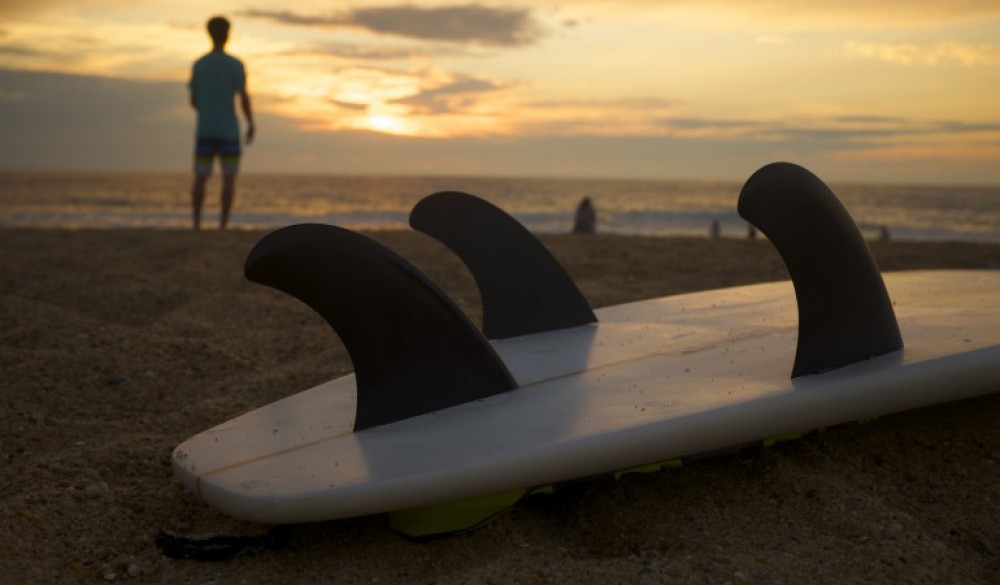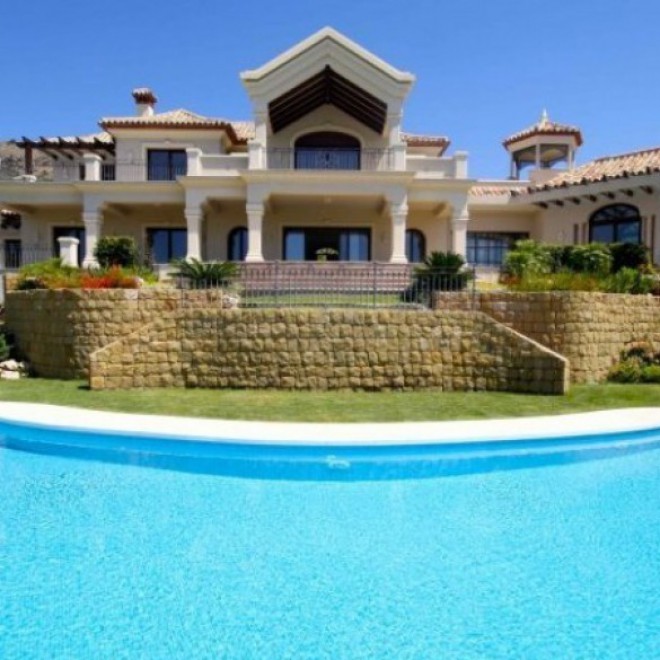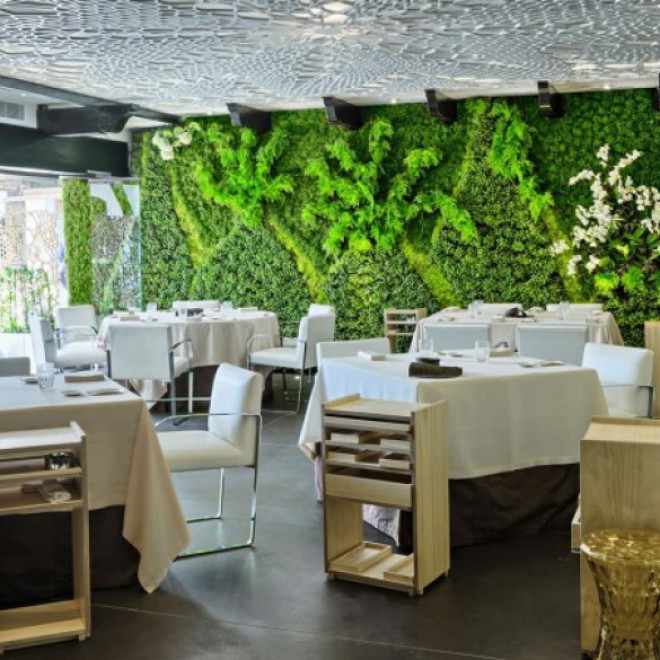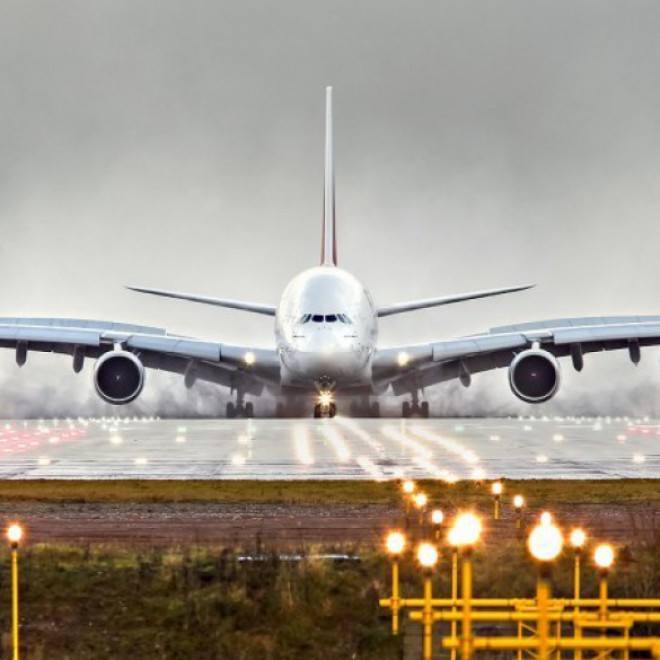Stats, Facts And Figures, Relax and Have A Read

Spain leads the rankings for the first time.
According to The Travel and Tourism Competitiveness Index 2015, Spain leads the ranking for the first time ever. In 2015, it hit the new record of approximately 60.6m arrivals which represents a 4% percent increase from the previous year. It makes Spain the 4th in the world, and the only European country in the top 5 to visit.
Andalucia received 9.4m international tourists which is 11% more than in 2014. This places Andalucia about 25th in a world league of foreign tourist arrivals.
Malaga city in particular ended the year 2015 with its best ever set of figures for tourism, where the city’s growth rate was above the average for the province, for Andalucia, and for Spain.
What makes Spain so popular then?
Taken as a whole, Spain is an alluring mix of sunny coasts, unexplored mountains, vibrant cities, and diverse cultures. The south part in particular, ‘Al-Andalus’, offers visitors the chance to lie on a sunny beach, ski in the mountains, and immerse themselves into the rich local culture, nightlife, and tremendous tapas scene, all in the same day.
Spain scores highly for business travellers with a significant number of international conferences. It is ranked 4th in online searches for entertainment - restaurants, nightlife and attractions - and 6th in travel and tourism industry.
And of course, the weather. its unique and dry micro-climate is widely regarded as the best all year round climate in Europe. On the Coast of the Sun in particular one can enjoy 320 days of sunshine.
Whether coming to Spain for a one-off visit only or for a little longer than that, we have put together a few unique places to visit and some extraordinary facts about Spain which will amaze you.
Only in Spain one can: savour food cooked over an active volcano, satisfy one’s sweet tooth in the only desert restaurant in the world, or dine in the world’s oldest restaurant;
visit the only European dessert, enjoy a drink in the only ice bar on the beach , or lie on a sunny beach and ski in the mountains both within the same hour;
walk the world's scariest pathway, attend the Festival of the Near-Death experience, or ride the only international zip lane.
THE GEOGRAPHY:
-
44:21 - Spain has more than twice the number of UNESCO World Heritage sites than the US. 44 in Spain and 21 in the US.
-
“MADRID” - gets its name from the Arabic “magerit” which means ‘place of many streams’.
-
Madrid is the physical centre of Spain. The plaza Puerta del Sol in Madrid is the EXACT CENTRE of the country.
-
182.7 miles - the length of Madrid’s Metro (underground train) system, making it the 6th longest in the world.
- 1,656 - the number of escalators on Madrid’s metro system - the most any Metro system in the world.
-
40% - the proportion of the island of Menorca that is protected by UNESCO Biosphere Reserve status.
-
35 minutes - the time it takes to get to Africa from Spain by ferry.
-
Jarosite - A mineral found in the Rio Tinto area of Spain… that has also been found on Mars.
-
45.8m - The population of Spain.
-
94% - The proportion of Spain’s population that is Roman Catholic.
-
González, Hernández, García - 3 Spanish surnames that come up in the top 10 most common surnames in the world.
-
85 - the average age a Spanish woman can expect to live to. For Spanish men, it’s 79.
-
2nd - Spaniard Amancio Ortega is the world’s second richest (and Europe’s richest) person. Despite Ortega's immense wealth, he lives humbly. The billionaire still eats lunch with his employees in the company cafeteria
-
Javier Bardem - The first Spanish actor to win an Oscar for his performance in “No Country for Old Men”.
-
88% - The percent of Spaniards who view that homosexuality should be accepted - the highest in all of Europe.
-
British - The nationality that makes up the biggest proportion of travellers to Spain.
-
319,000 - The number of Brits living in Spain according to the UN statistics.
-
13lb 7oz (6.095kg) - The weight of the heaviest naturally-born baby in Spain, which was born to a British mother. The average weight - 7lb 5oz. Read more here.
-
2010 - The year Spanish sportsmen won both the football World Cup and the Wimbledon tennis final.
-
€1,000 - The prize given to Pedro Soria Lopez of Ecuador for winning Spain’s first siesta contest. Read more in The Guardian.
-
1/10 - The proportion of Spaniards that manage to have a daily siesta.
-
1492 - The year modern - day Spain was formed.
-
1960s - The decade modern tourism kicked off in Spain.
-
13th century - The date the Running of the Bulls goes back to.
-
January 2012 - The month Spain gave up its currency, the Peseta, in favour of the Euro.
-
40,800 years old - the world’s oldest cave art is found in Spain.
-
4-0 - The score Spain beat Italy with the Euro 2012 football final, the highest goal margin ever recorded in a European Championship or World Cup final.
-
1133 - The year of the first official bullfight in Spain, held in honour of King Alfonso VIII.
-
Tomatoes, Potatoes, Avocados, Tobacco & Cacao - were all imported into Europe by Spain.
-
Lollipops - were invented in Spain.
THE LANGUAGE AND THE MEDIA
-
Four - The number of official languages in Spain and its territories: Castilian, Catalan, Galician, Basque.
-
La Marcha Real - The name of Spain’s national anthem. It’s the only one in the world that has no official words.
-
964 - The year of the first written record of Spanish.
-
Marca - The best-selling daily newspaper in Spain, which is entirely about football. It has a daily readership of over 2,500,000 people.
-
SHUT UP! - The King of Spain hit the headlines (and became millions of people’s ringtone) when he told Venezuelan leader Hugo Chavez to ‘shut up’ at a summit.
-
Bonanza - A Spanish loan-word that has made its way into the English language, along with tornado, patio.
-
“Plus Ultra” - The motto written on the Spanish flag, meaning “further beyond”, referring to the Spanish lands beyond Europe.
-
“LL” or “J” - The Spanish call it Mallorca, the British call it Majorca. Either way, the pronunciation of this island’s name is the same!
AND SOME EXTRAS
-
3-4 hours - The length of time of a typical bullfight.
-
⅔ - of some olive oil labelled as Italian that is actually Spanish.
-
30m - The number of farmed rabbits eaten every year in Spain.
-
47 - The number of floors in Benidorm’s “In Tempo” tower. It originally was planned to only have 20 floors, so the architect added 27 stories - without extending the elevator shaft adequately.
-
The Kingdom of Spain - Spain’s full name.
-
130 - The number of tons of tomatoes thrown at the 2013 La Tomatina festival in Bunol.
-
Gin - Spain is third biggest consumer of gin in the world, and the largest gin-drinking country in Europe.
-
62% - The proportion of EU-grown olives produced in Spain.
-
Spanish Flu - didn’t actually originate from Spain. It is said to have started in the USA.
Flamenco - in 2010, UNESCO declared Flamenco as a Masterpiece of the Oral and Intangible Heritage of Humanity.
Popular posts



